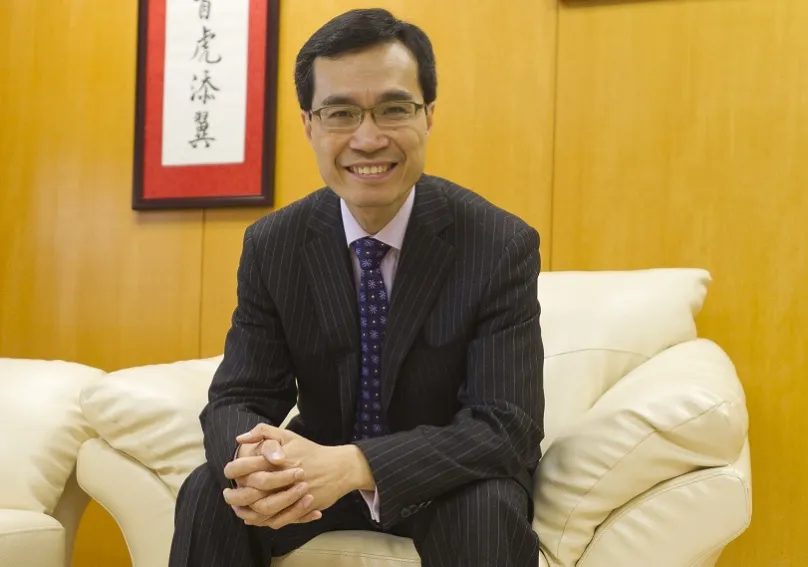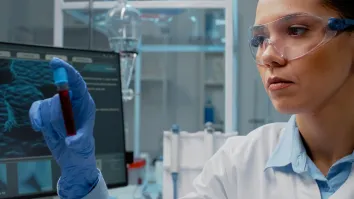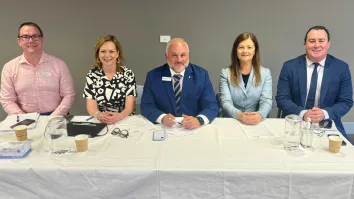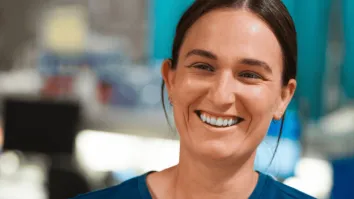
Queen Mary Hospital introduces ex-vivo lung perfusion for patients with severe breathing problems
Dr Luk Che-Chung expects lung transplant cases to double in the coming years.
The 1,400-bed Queen Mary Hospital is the teaching hospital of the Li Ka Shing Faculty of Medicine of The University of Hong Kong. Apart from serving regional residences, the hospital also provides tertiary and quaternary services across the territory for many complex and advanced services including organ transplants and coronary care.
QMG capitalises on the resources and researches of Hong Kong’s Hospital Authority to make numerous breakthroughs in terms of its quality of services. Healthcare Asia interview QMH’s chief executive Dr. Luk Che-chung, to get a glimpse of what it’s like to lead one of Hong Kong’s largest hospitals.
What are the latest innovations, developments, and strategies to improve the quality of service of Queen Mary Hospital?
QMH began a pilot program in May last year to rescue patients with urgent cardiac arrest. The technique involves the use of extracorporeal membrane oxygenation (ECMO) with cardiopulmonary resuscitation (CPR) at the same time, which is the first in the city to make this innovation. Both machines acted as a patient’s artificial heart and lung respectively which could possibly save one whose heart had ceased beating for more than 30 minutes - a common cut-off time in a rescue attempt. One of the successful cases was a girl brought "back to life" when her heart stopped beating for 50 minutes. We are happy to see our new service saving more lives and bringing hopes to the families.
QMH has been striving for excellence in our transplantation services. A new technique called ex-vivo lung perfusion (EVLP) was introduced last year to make lung transplantation more readily available for those whose lives are severely limited by their severe breathing problems. With EVLP, the incredibly delicate donor lungs are able to “recover from damage” so that a lot of those assessed to be unsuitable for transplant in the past could now be usable. Hopefully the number of lung transplant cases could be doubled in the coming future which up to 20 patients per year could be benefited from this invention.
Do you have plans for expansion?
The Hospital, having been operating since 1937, does struggle with space constraints and dispersed facilities in a number of aged buildings. A redevelopment plan has therefore been kicked off since 2012 to turn QMH into a modern medical center adaptable to future service delivery models with adequate capacity to meet the community’s long-term needs.
The redevelopment project will be carried out in phases. Phase one redevelopment will cover the demolition of the Clinical Pathology Building, the University Pathology Building and the Houseman Quarters for the construction of a new block to accommodate key clinical services. Currently we are converting the Senior Staff Quarters into pathology laboratories and other facilities for decanting the existing facilities of these three buildings. The whole project is scheduled for completion in mid 2020’s.
What are some of the problems and challenges facing Queen Mary Hospital and how do you plan to address them?
The percentage of elderly population in the catchmen area is comparatively higher than other districts in the territory. To better cater to the ageing population, we emphasize the orientation of services towards streamlined, integrated, multi-disciplinary clinical programmes which are patient-centred and holistic to ensure consistent and aligned delivery of high quality and safe services. We hope to achieve the right care, provided at the right time, by the right provider and at the right place so that the patients, especially the elderly, would find it accessible and convenient.
While the changing demography implies demand for increasing service capacity especially for chronic diseases, we address the challenge in our latest Annual Plan by locating more resources to enhance endoscopy and rheumatology services. Nursing support for on-call and emergency endoscopy cases has been strengthened over the years and we will provide additional 3000 Computerized Tomography (CT) examinations and 150 lung function laboratory tests per year in the coming future to meet the service demand. We will closely monitor the service need and make adjustment from time to time.
What are some of your future plans for Queen Mary Hospital for the next 2-3 years?
We are now actively looking into measures to deal with the demographic shift of our patients. We will keep on improving the management of chronic diseases and serious illnesses. The care and treatment for end-stage kidney diseases, cancer, stroke and blood diseases will be continuously reviewed and implemented in the coming years.
For kidney diseases, a collaborative model of close partnership between urology and nephrology will be developed to provide acute care which shares the resources and expertise of two departments. Hospital networking will be coordinated to provide convalescent care, rehabilitation, palliative and end of life care, as well as ambulatory services and satellite haemodialysis. On the other hand, we hope to build up capacity for echocardiographic service and radiotherapy to meet the growing demands of the community.



















 Advertise
Advertise








